SGD Award-Winner Gavin McWilliam Reflects on His Most Memorable Garden Designs
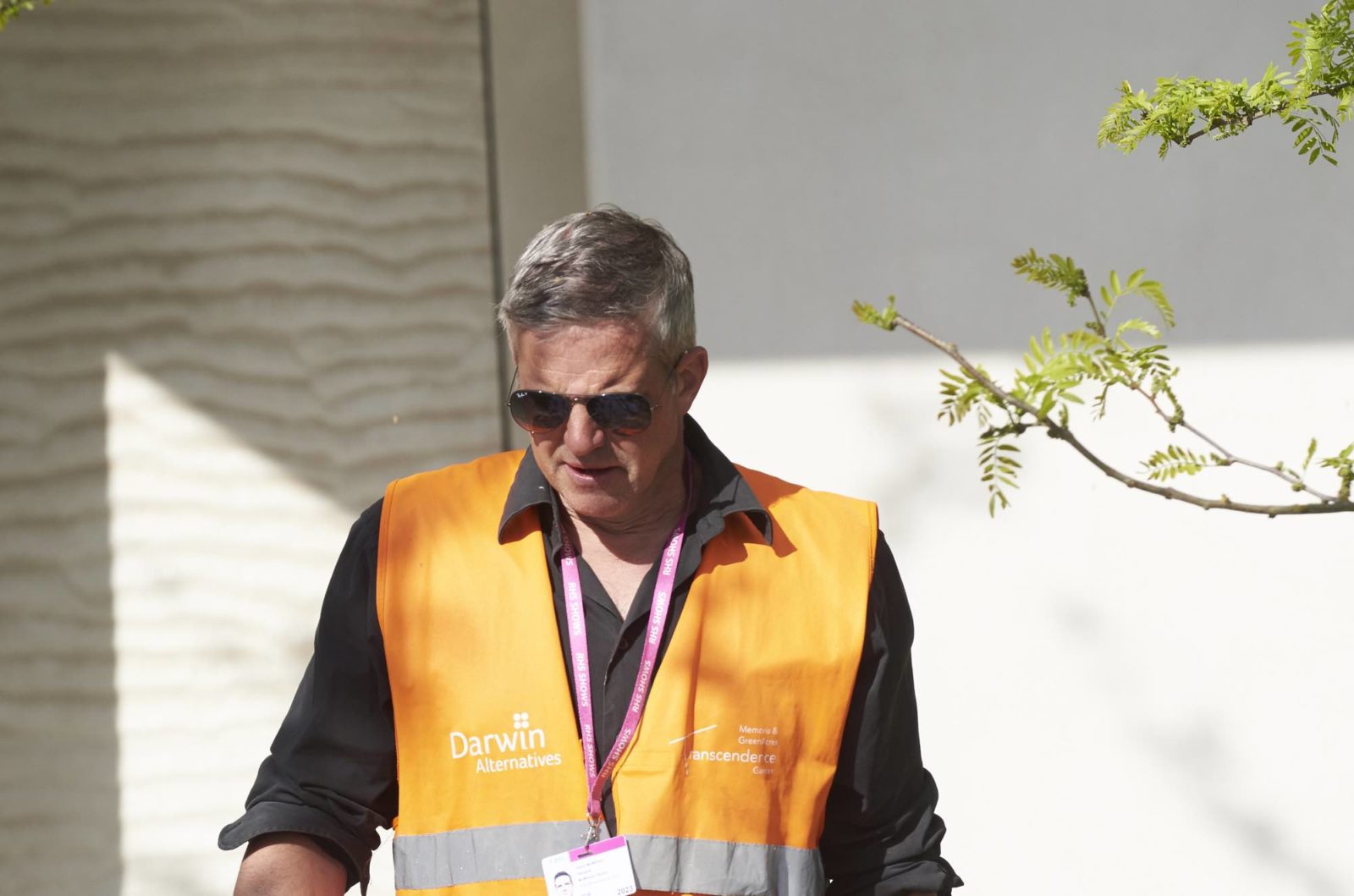
Contributions From GAVIN MCWILLIAM

Gavin McWilliam, Owner of McWilliam Studio, is a Garden Designer based in the south of England who has produced award-winning gardens internationally and at home. He most recently won the Best International Garden award at the SGD Awards. Gavin is a Registered Designer with the British Association of Landscape Industries and Chartered Member of the Landscape Institute.
Gavin McWilliam is the owner of McWilliam Studio, a Garden Design Studio which has accumulated more than 30 awards for their work in the UK and abroad.
His most recent accolades with his studio include Best International Garden from The Society of Garden Designer Awards in 2022 (for his work on a garden in Portugal over the pandemic) and a Best In Show award from the APLD.
I spoke with Gavin about the reasons behind a career change from graphic design to horticulture, his most memorable projects and where he thinks the industry is heading in the next few years.
Please note that all imagery in this article has been provided with permission by Gavin McWilliam.
Where Did Your Interest In Garden Design Come From?
“It started with an interest in gardens,” starts Gavin.
“I loved being outside from a very early age and used to help my dad in the garden. I’d go down to the greenhouse and propagate things and look after the garden whilst he was away. I think that quite literally sowed the interest in gardens.
“I then went away and did a degree in Graphic Design, but in my mid-twenties, my father died, so I re-evaluated where I was happiest and that was in the garden. I did a complete career change and subsequently went into garden design.”
What Inspired You To Start Your Own Studio?
“I wanted to design things and be involved in the environments I was creating,” he shares.
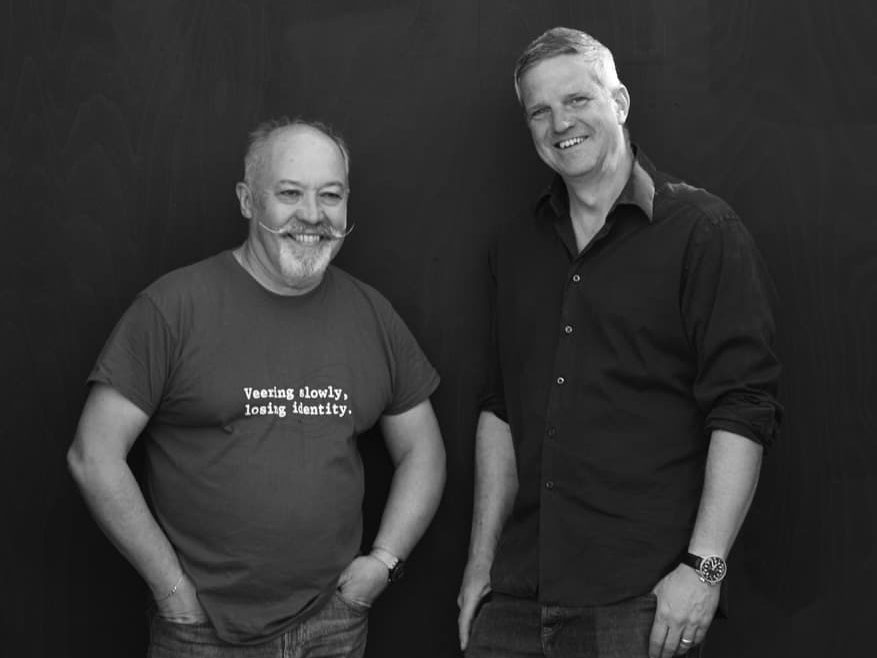
“I actually bought a van and went around building smaller gardens. At the same time, I was working with Andrew Wilson and was doing detailed design work with him.
“We then merged and created a company together, which we had for 10 years. I took that over recently. Andrew now focuses on the teaching side of horticulture, but we do still work together.”
How Do You Approach The Design Process At McWilliam Studio?
“We’ve refined it into a process that works really well for us and our clients in terms of being quite linear.
“What we’d normally do is show clients the work that we do and see if we are compatible. If we are, we then would request a really detailed brief so we have a clear idea of what they want for their garden and landscape, and then we’d do a concept design.
“A concept design is collaborative and we rarely go back to the client with just one design – usually preparing two or three solutions to their brief. We’d normally do a design statement and a master plan, which doesn’t look at details at this stage and is instead an exploration of the garden on a wider scale.
“We produce hand-drawn visuals that we present with any information we give so they can see what it would look like. It’s all about testing what could be achieved in that space. We then talk about the next steps and go from there.”
What Are Some Of The Most Memorable Projects You’ve Worked On And Why?
“There are three that I want to share, all of which are quite recent,” Gavin says.
“The first of which is from Chelsea of this year. We created a garden all about bereavement, and because that was how I started my career in horticulture almost 25 years ago, it was a personal garden for me.
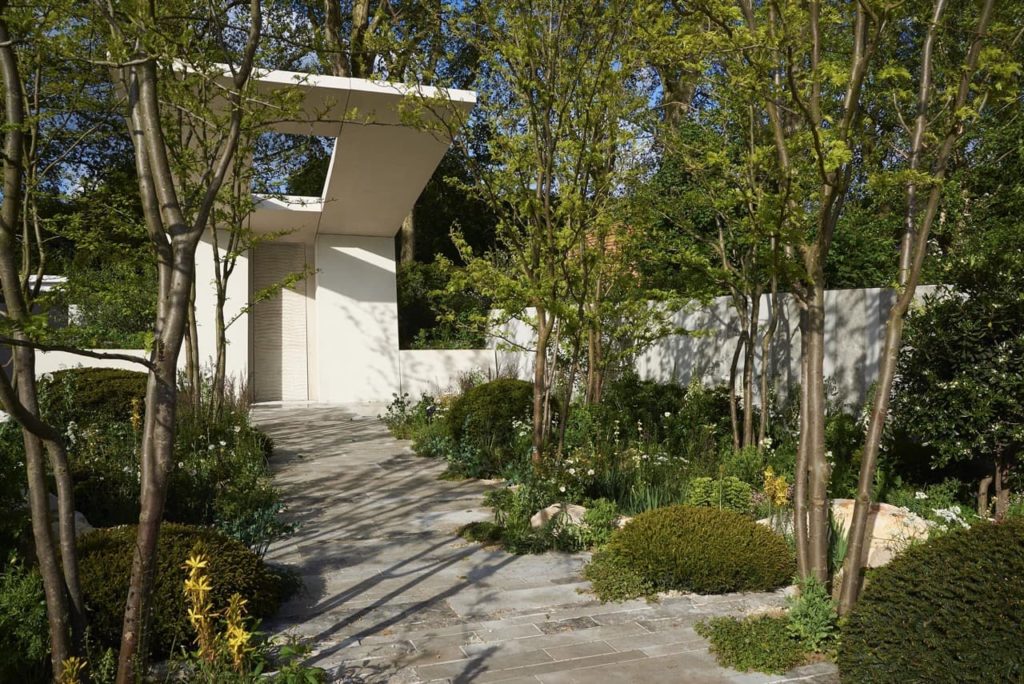
“It was a beautiful space with different sections for reflecting. It was incredibly rewarding because of the feedback we got from the visitors and those watching on the TV. It didn’t get Gold, but it was priceless because of its meaning to us.
“Both of the other memorable projects were produced during the pandemic, which is why they stand out.
“One was in China and was memorable because it was the first garden that I’ve done completely remotely. I’ve never stood on this garden, despite the fact I have designed it.
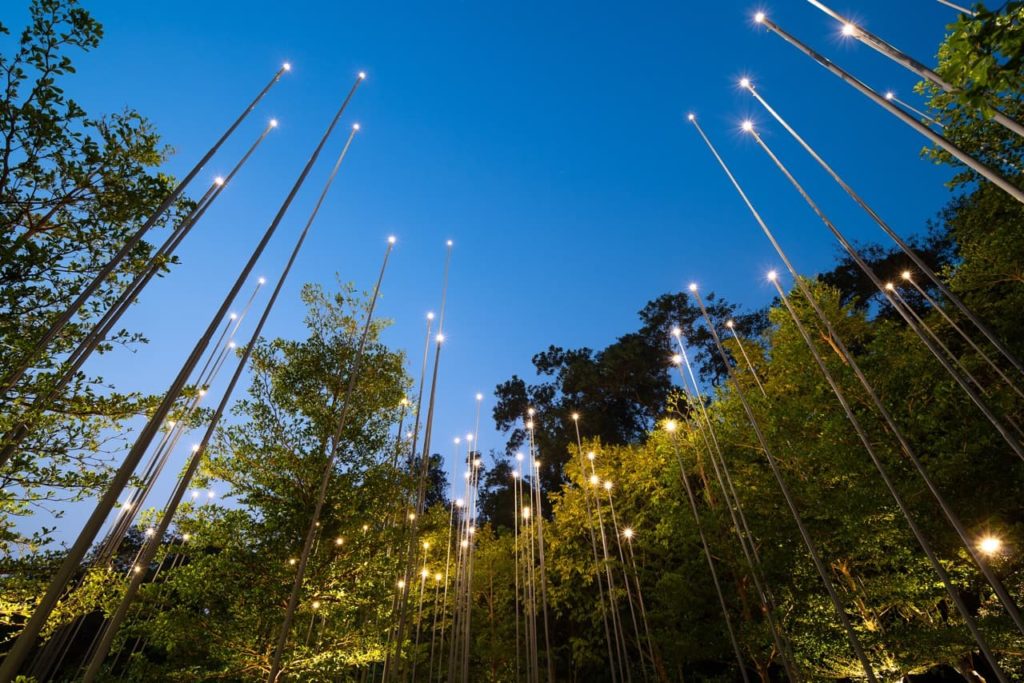
“It had a really great public response and was a reminder of the work I could do even in those times and it made the most of what was around them, such as tech, which we were able to utilise.
“The final garden was in Portugal during the pandemic and was memorable because of the approach we took to the landscape. We lifted the lawn and put in a more Portuguese backdrop.
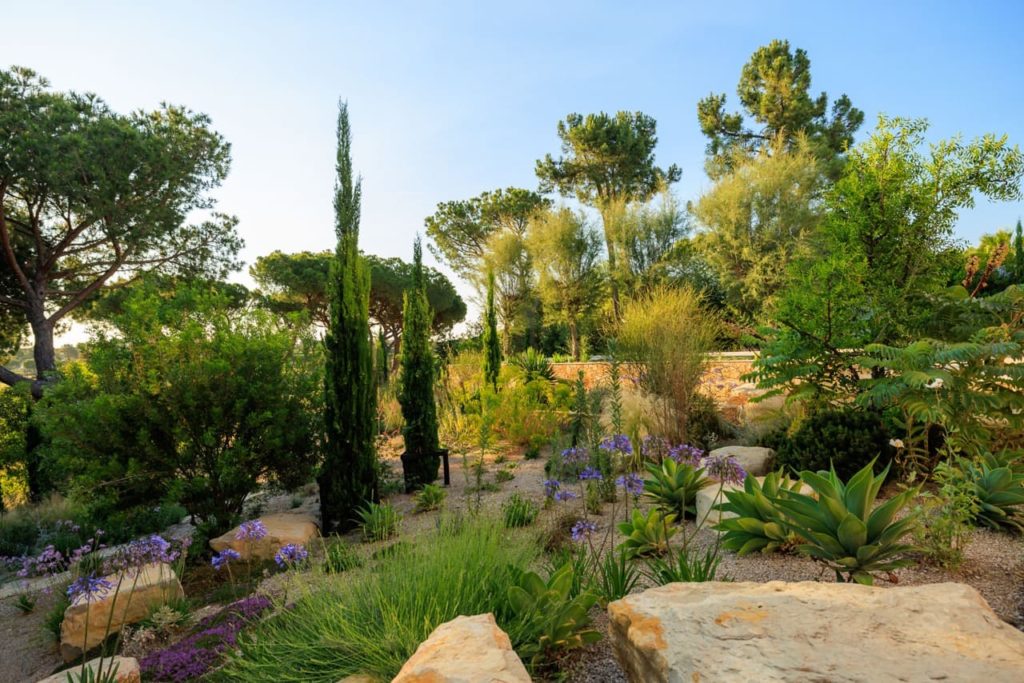
“It was a dry river that ran through the garden and was on a really steep hill. It was quite a big build project and was all done remotely, but I would fly out occasionally and then have to come back and quarantine!”
What Challenges Have You Faced In Your Career And How Did You Overcome Them?
“Recruitment is a big one,” says Gavin.
“I think there’s a skill shortage at the knowledgeable level that we need people at. I think we constantly face a battle to recruit, but also within garden design, people quite often set up for themselves, so it’s difficult to get people in.
“We’ve got good retention at my studio, but we would like to recruit more. Everyone in the industry is looking for the same type of people, so that’s hard too!
“Giving people the value for landscape is also really hard, and the less people value what is outside, it’s very difficult to get people to spend money on it and to put a value to nature. A lot of people see a garden as something you can just buy off the shelf.”
What’s The Most Rewarding Aspect Of Your Work?
“When we achieve that connection with the client and get to do our work successfully, that’s the reward. It’s all about taking something that isn’t functional or is neglected and turning it into a space that people and nature can enjoy together.
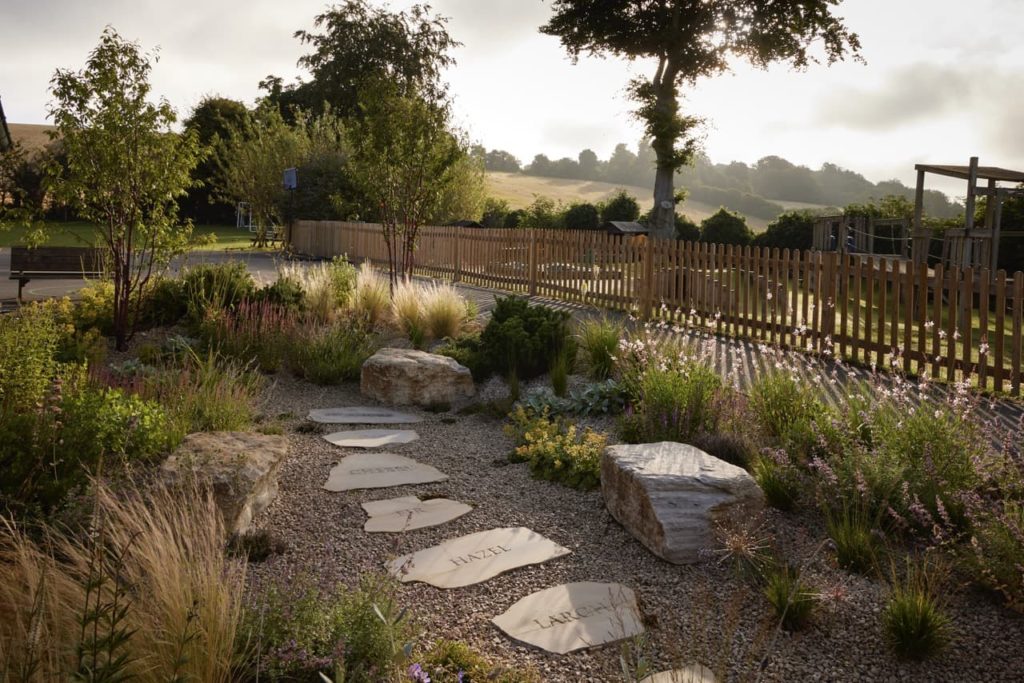
“We recently got to work on a local school garden. The garden was neglected but is now full of plants for nature and the kids love it.
“When we get feedback about how clients now use their space, that is the most rewarding aspect.”
What Is The Biggest Lesson Horticulture Has Taught You?
“That you’re not in control and you can’t control nature,” Gavin shares.
“Things aren’t perfect and they will go wrong. A lot is out of your hands and you can do things with the best intentions and they still might not work, as things change seasonally. I think that’s a good lesson.
“It also teaches you about the resilience of nature and the cycle of life. I seem to know less every year, as there is always something to learn!”
How Do You See The Industry Evolving In The Next Few Years?
“I think we need to encourage more people into the industry at a horticultural level,” he states.
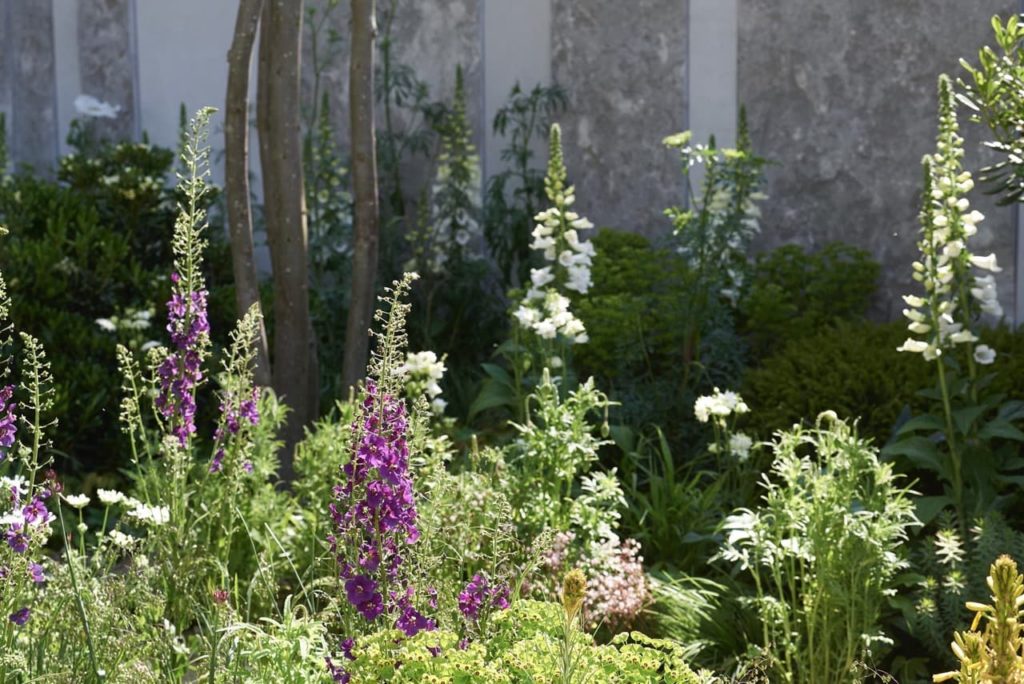
“I am concerned that we are going to see a reduced supply and availability in plants if we have less people looking after them. However, to be optimistic, I think it’s important to see more plants being grown in the UK than importing, and we are starting to see that, which is really exciting.
“I see problems though, unless we address the skill shortage. That might be a government thing that needs addressing. The demand is still there, but we need people to keep up with the supply.”
What’s Next For You And The Studio?
“A holiday!” jokes Gavin.
“For the studio, we’ve moved into a new office, so it’s been a very busy 6 months and we have lots of big projects coming through. We’ve stepped away from shows and want to focus more on our portfolio.
“We want to grow the studio slightly and get a couple more people in, but we also want to get current employees back into the office too, so we can all work together and bring back that creative collaboration.”
What Advice Would You Give To Young Professionals Looking To Make Their Mark In The Design Or Architecture Industry?
“I wouldn’t worry about making your mark, let that happen over time,” he advises.
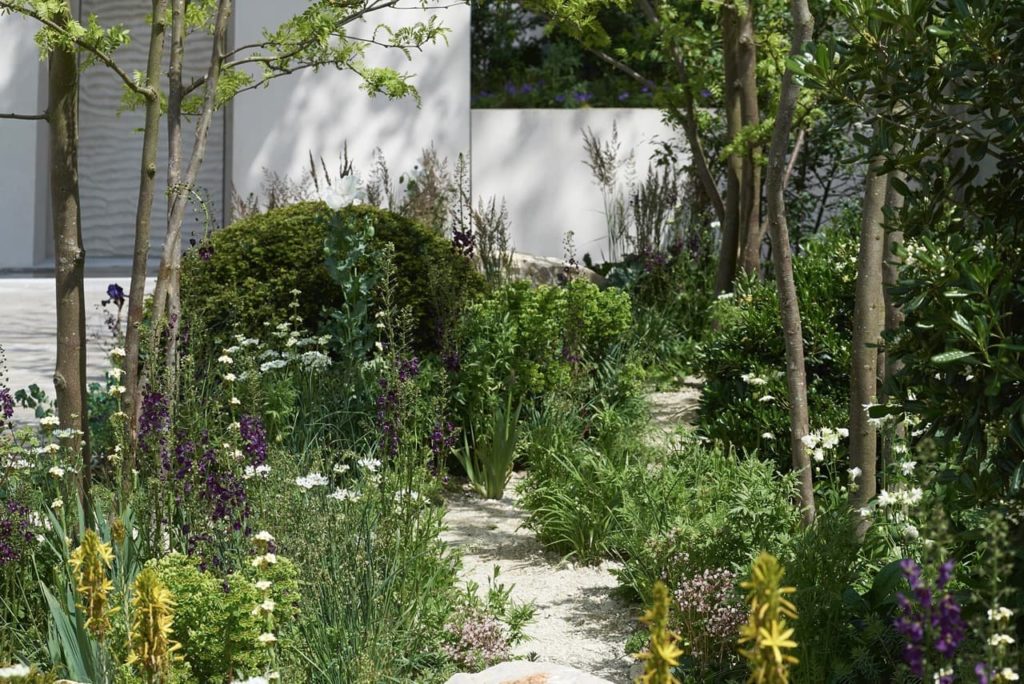
“Reach out to existing professionals. It’s a very giving community of people who will typically give you a positive response if you reach out and ask them questions.
“Look at the design courses too…there are lots out there and you can use it to build out your network. That shared knowledge is really important.
“I’d recommend taking part in shows as it gives you an opportunity to expand your creativity, do things that you can’t do on a day-to-day basis and push your portfolio to a wider audience.”

